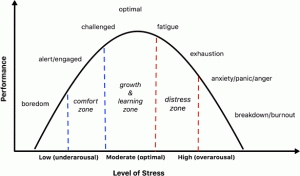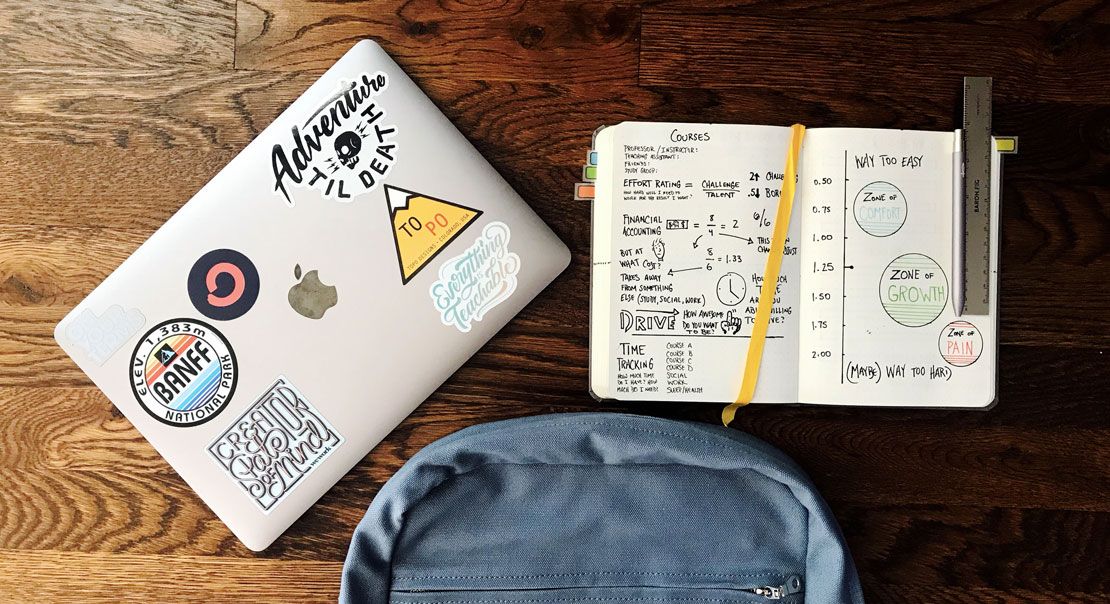The Art & Science of Rhythmic Patterns & Cycles
We have all heard how we are creatures of habit. We like our routines. In fact, there is some comfort in predictability. There is some evidence that we are a pattern-seeking species. Stress is reduced, and performance/productivity is improved when we work within known or familiar circumstances.
 One of the best resources at our disposal is our own capabilities. Initially motivated to utilize our abilities and maximize our efforts by the onset of stress, that resource can be compromised when excessively stressed beyond a certain point. Complicating matters is that each and every one of us has a different optimal performance peak. We all live with different windows of tolerance when it comes to stress.
One of the best resources at our disposal is our own capabilities. Initially motivated to utilize our abilities and maximize our efforts by the onset of stress, that resource can be compromised when excessively stressed beyond a certain point. Complicating matters is that each and every one of us has a different optimal performance peak. We all live with different windows of tolerance when it comes to stress.
Now, it would be great if a bell went off and lights began to flash to inform us when we reached that point so we could sustain it, but that’s not how it works, at least not externally. We do however, have internal signals of a physiological type that let us know where we are with our stress load – heart rate, blood pressure, respiration, digestion, muscle contraction, among other sympathetic nervous system biomarkers.
Can we anticipate when we might be more susceptible to reaching that tipping point? The simple answer is yes. In the opening paragraph I mentionned patterns and cycles. I am referring to our own Circadian, Ultradian, and Infradian rhythms. Circadian rhythms are those biological rhythms of about 24 hours in duration. Ultradian rhythms are much shorter than 24 hours and occur more frequently throughout the day. Infradian rhythms are those spanning periods of much longer than a day. For purposes of this article I will focus on Ultradian rhythms like our Basic-Rest-Activity Cycle or BRAC as illustrated in the graph here.
 There is evidence that waves of approximately 90 to 110 minutes exist seeing fluctuations in states of consciousness. These states vary from passive to spontaneous activity of imagination, and ultimately goal-oriented activity. Research indicates that brainwaves are faster during the first half of these cycles. This corresponds to feeling alert and focused. During the last approx. 20 minutes or so, brainwaves slow and the body feels dreamy or tired. In this phase the body is being readied for the alertness that comes at the beginning of the following cycle.
There is evidence that waves of approximately 90 to 110 minutes exist seeing fluctuations in states of consciousness. These states vary from passive to spontaneous activity of imagination, and ultimately goal-oriented activity. Research indicates that brainwaves are faster during the first half of these cycles. This corresponds to feeling alert and focused. During the last approx. 20 minutes or so, brainwaves slow and the body feels dreamy or tired. In this phase the body is being readied for the alertness that comes at the beginning of the following cycle.
The science is there, the art is in knowing your own rhythmic patterns.






Leave A Comment